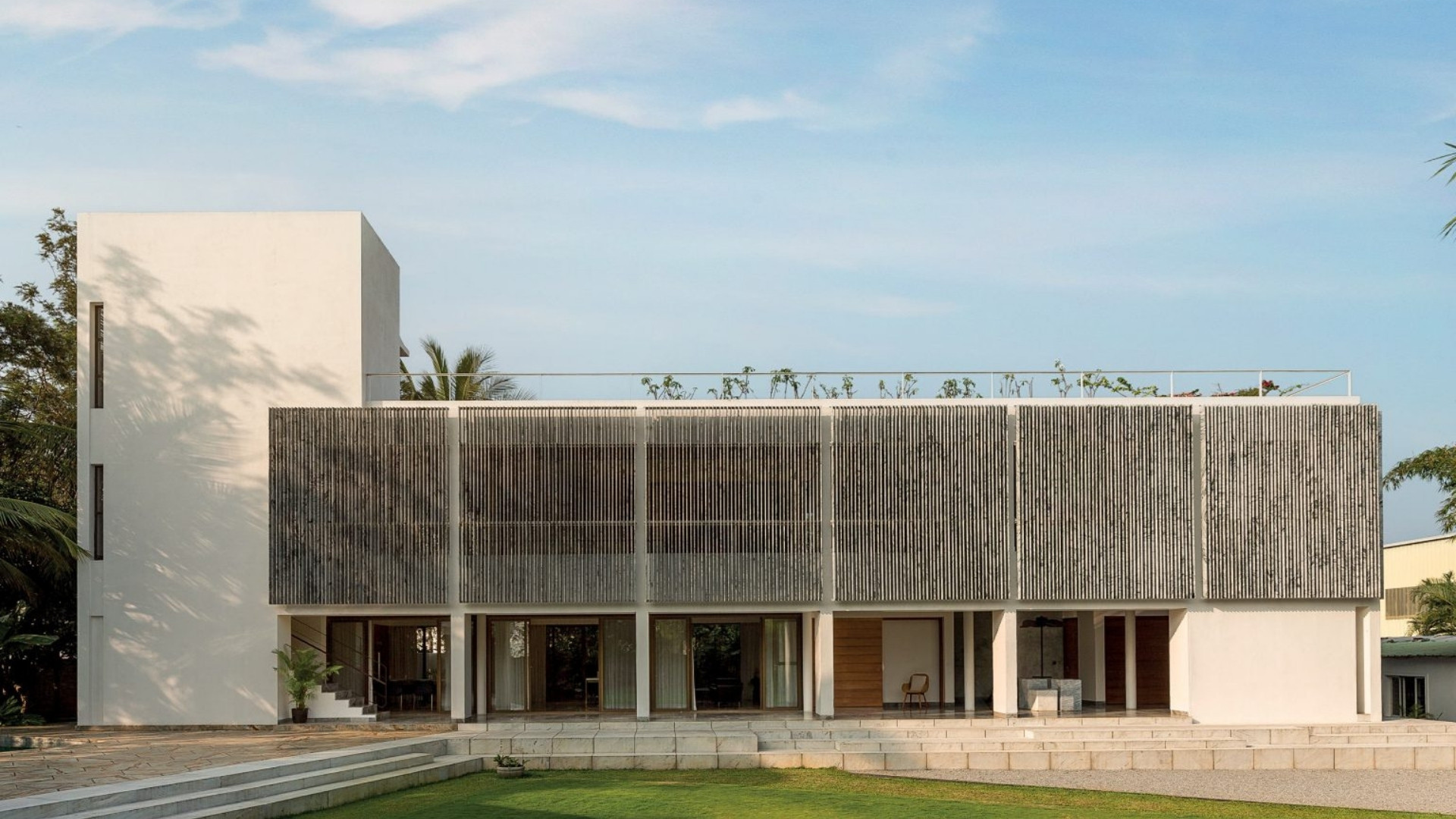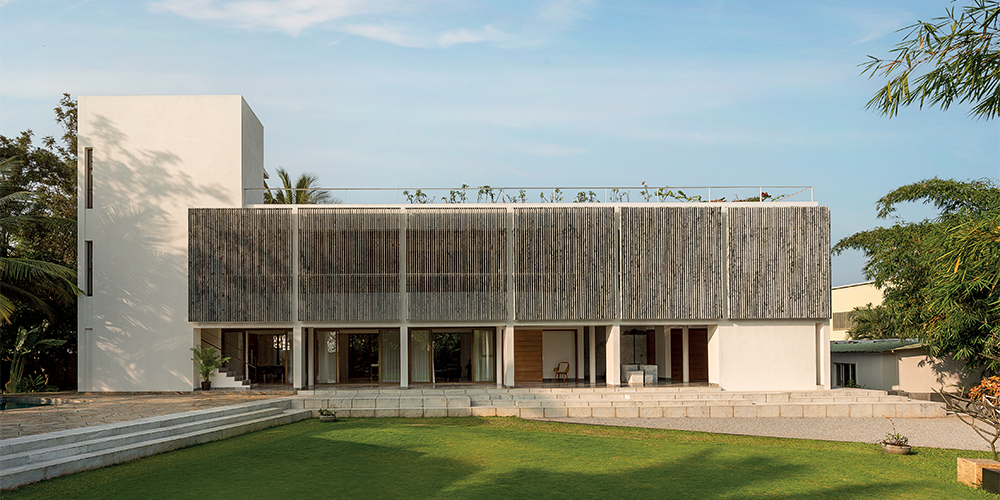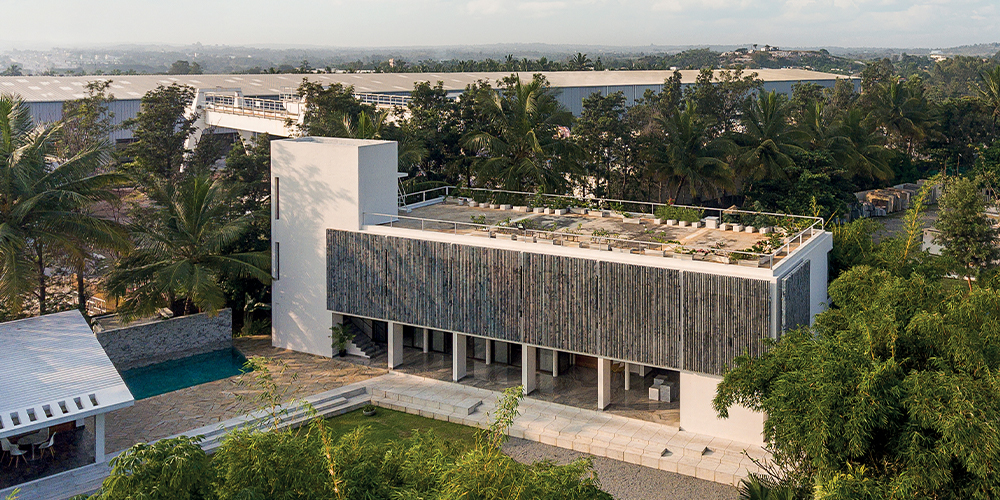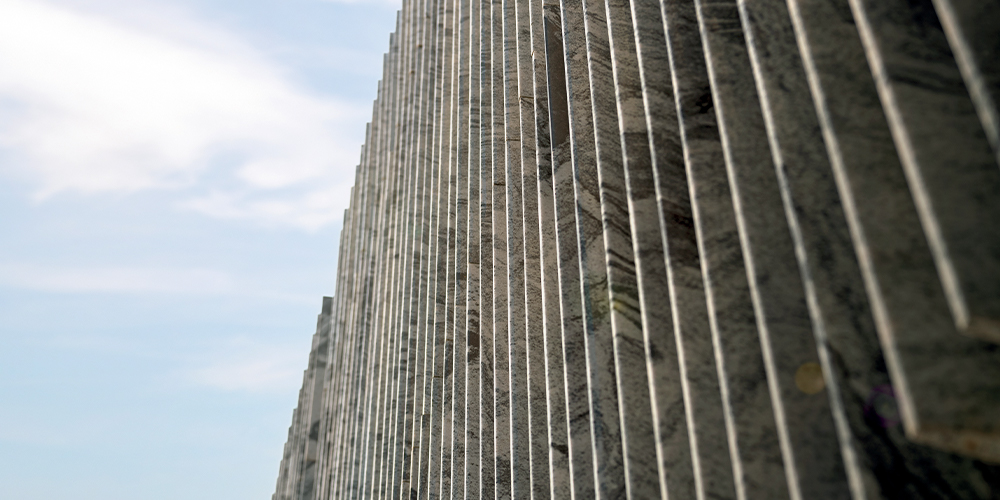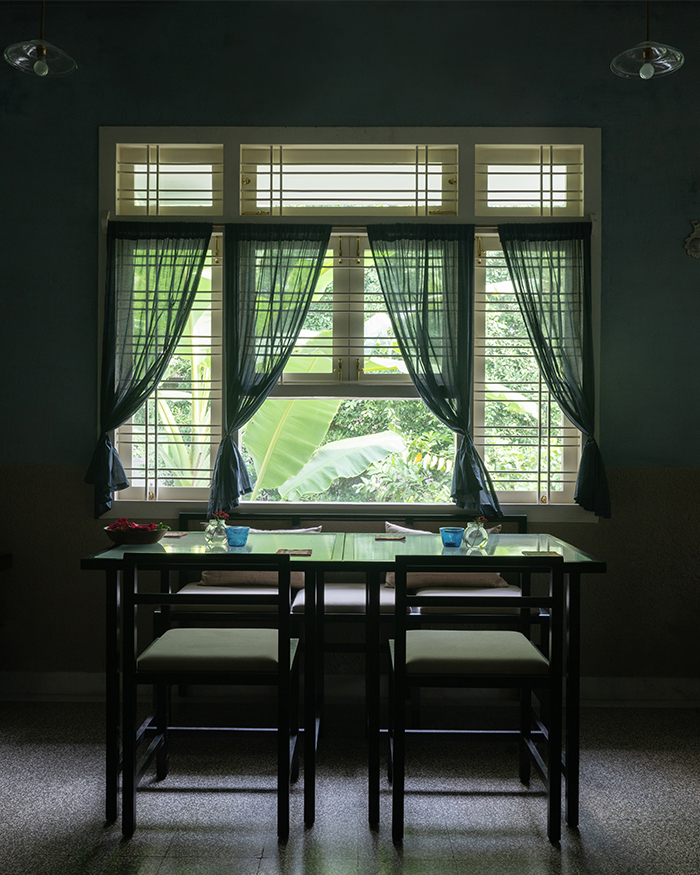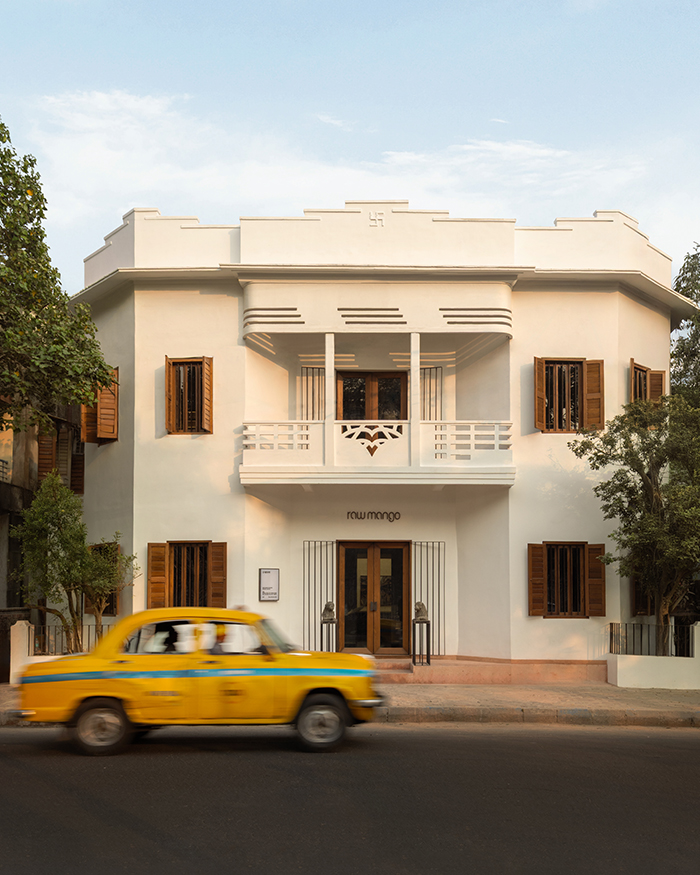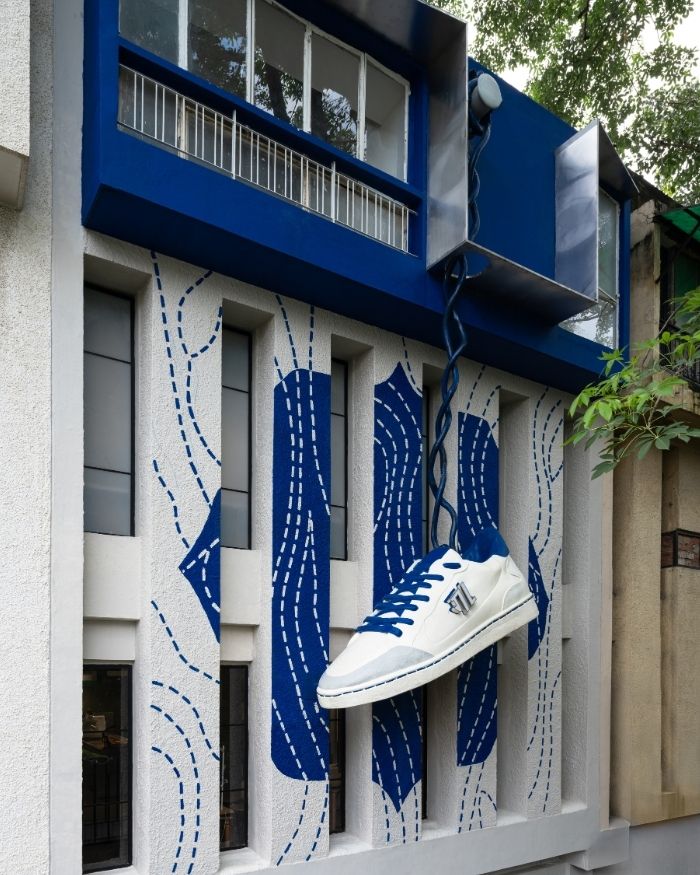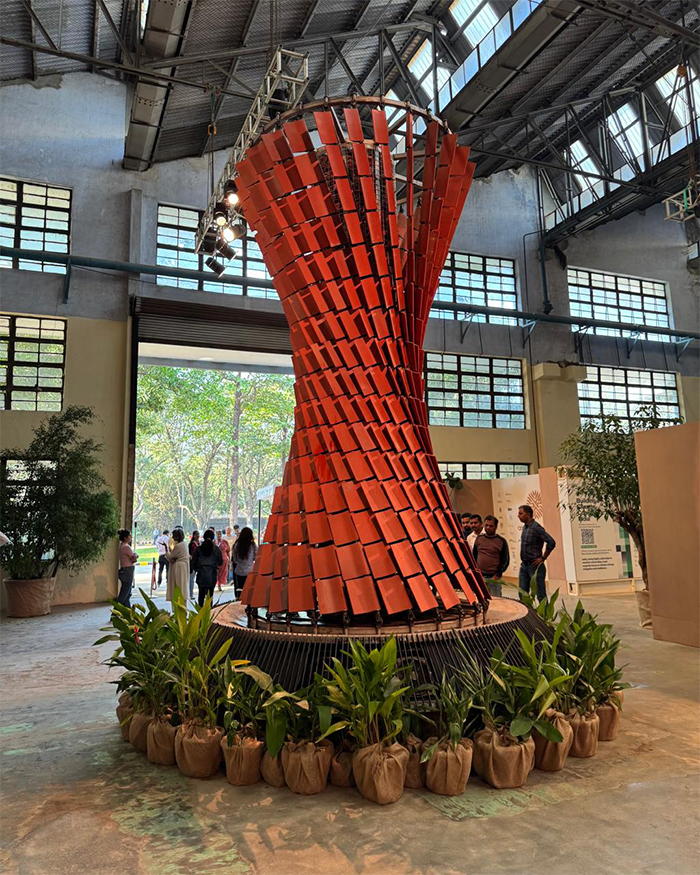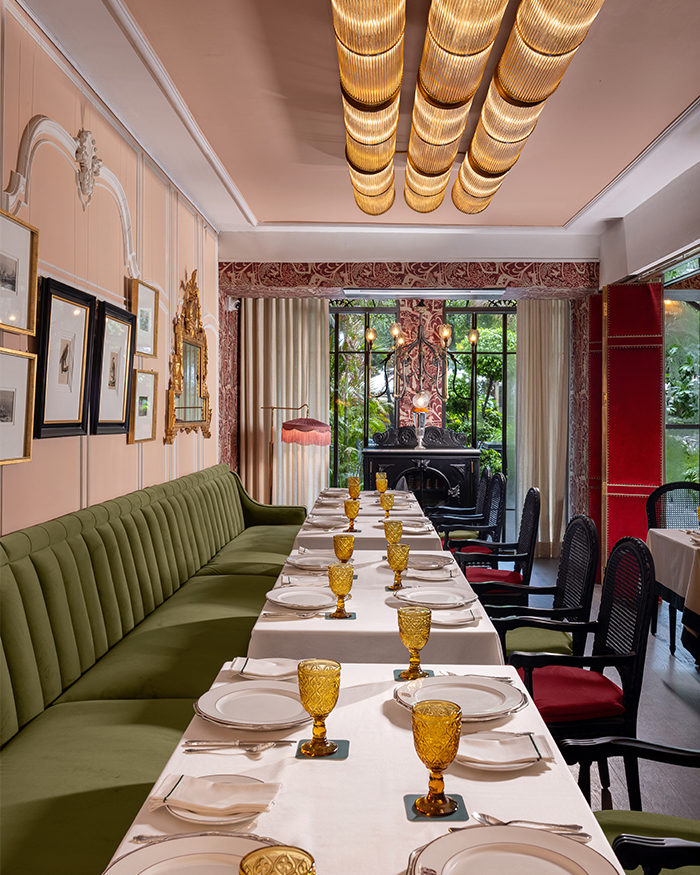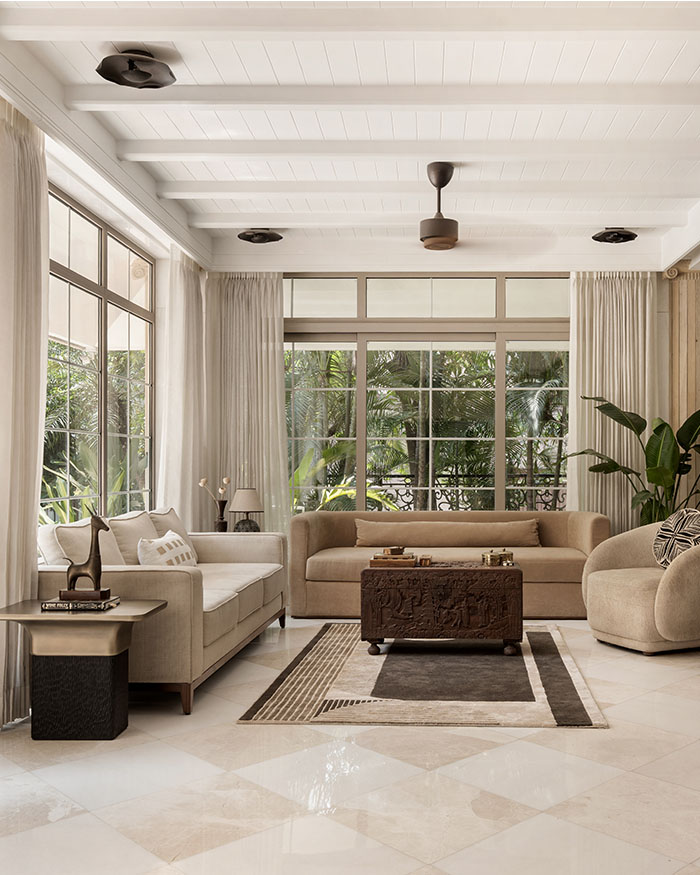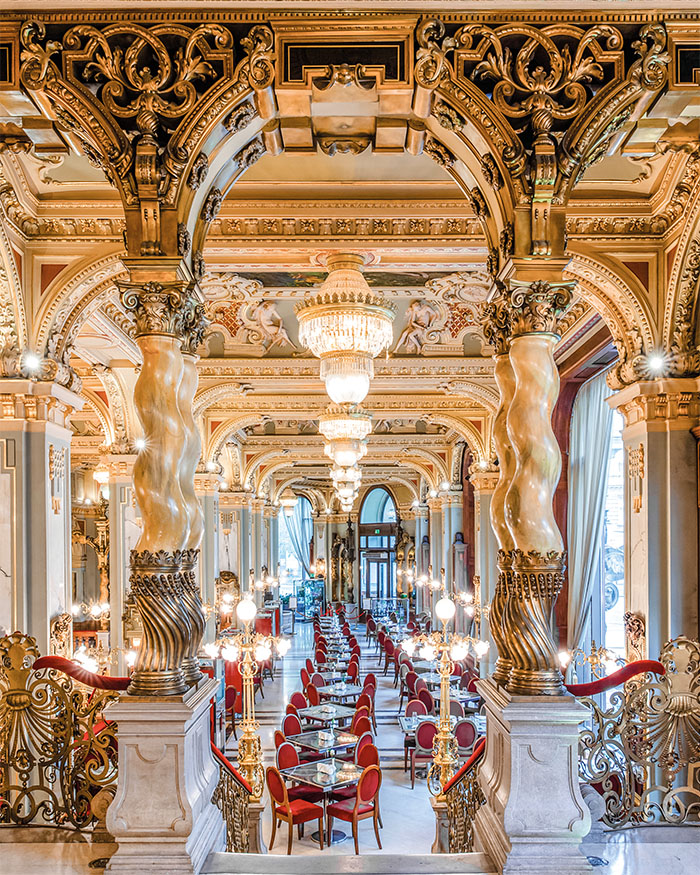After spending exactly 24 hours at the TAB | TAB QUARTZ plant at Hosur, I’m surprised to report that I am not writing about stone. Dealing in granite, marble, slate, quartzite, sandstone, limestone and quartz-engineered stone, TAB has been instrumental in building edifices across the globe.
I was aware of Bijoy Ramachandran’s (partner at Hundredhands alongside Sunitha Kondur) involvement in building parts of the campus that sprawls across 35 acres. So there was definitely the promise of beauty and architectural interest.
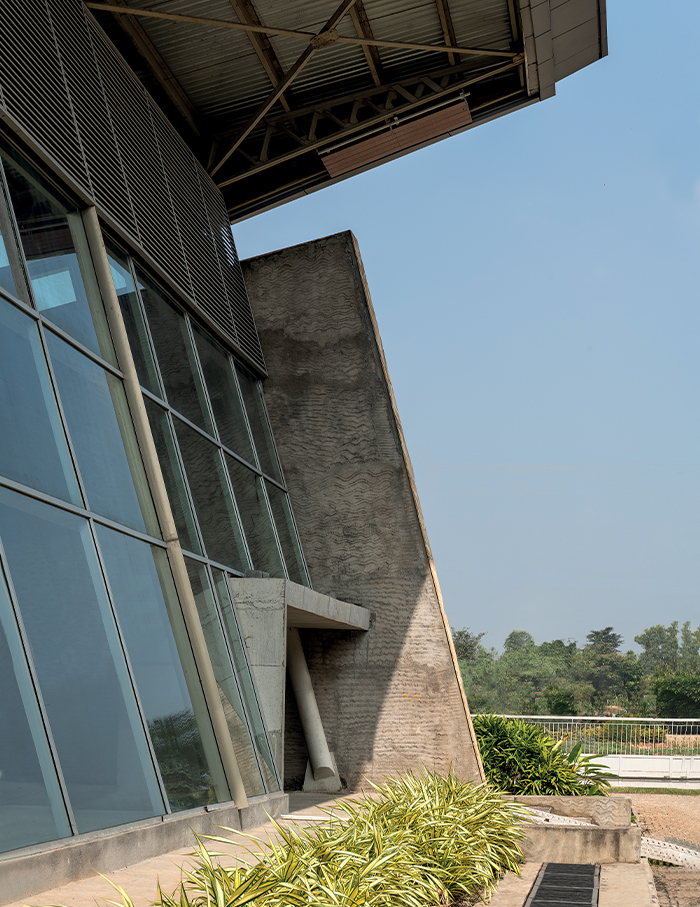
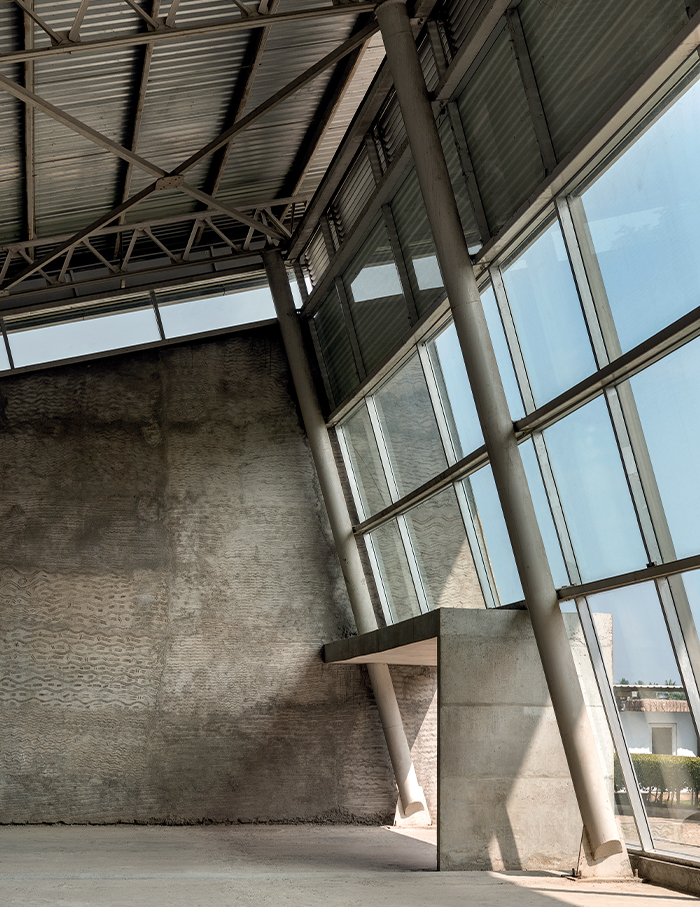
And it delivered. “The first phase of our factory was purely aimed at starting the production. We had a large part of the land and planned it in a way that we would expand in the years to come. We are really into design and it subsequently had to be ingrained as we developed the plot,” mentions Amit and Sumit Gupta, CEO & Managing Director.
At the entrance we mostly see trees and more trees, followed by buildings whose architecture aptly establishes the brand and their ideas in stone, literally. Clean lines, simple geometries and controlled use of stone to highlight certain architectural features.
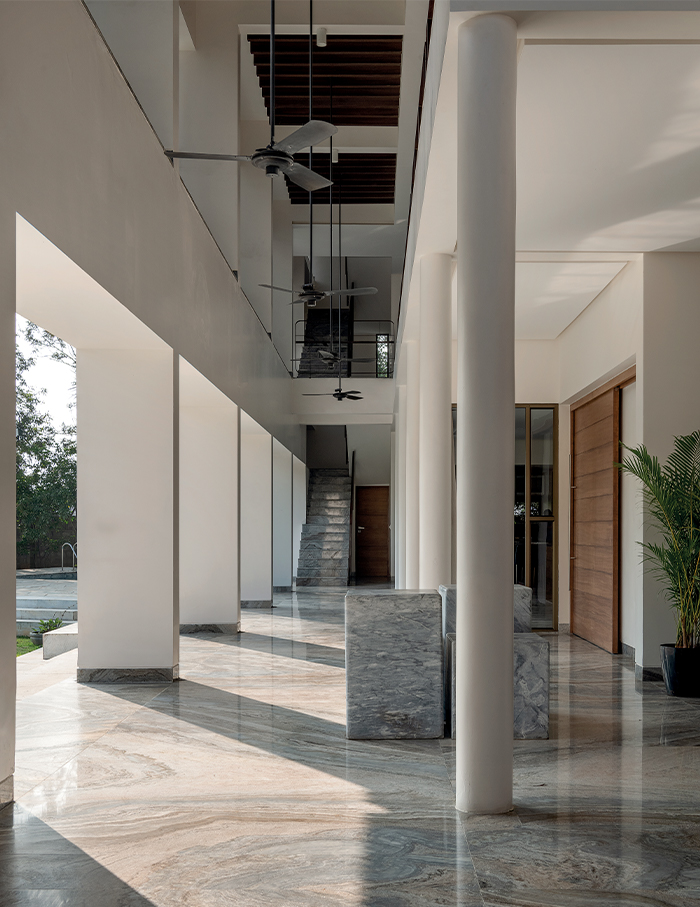
And hereby was the revelation of restraint, almost akin to ‘quiet luxury’ that was trending on social media a while ago. The campus coalesces their natural and quartz-engineered stone manufacturing and processing units with facilities for their discerning buyers who visit the facility for selections and purchases.
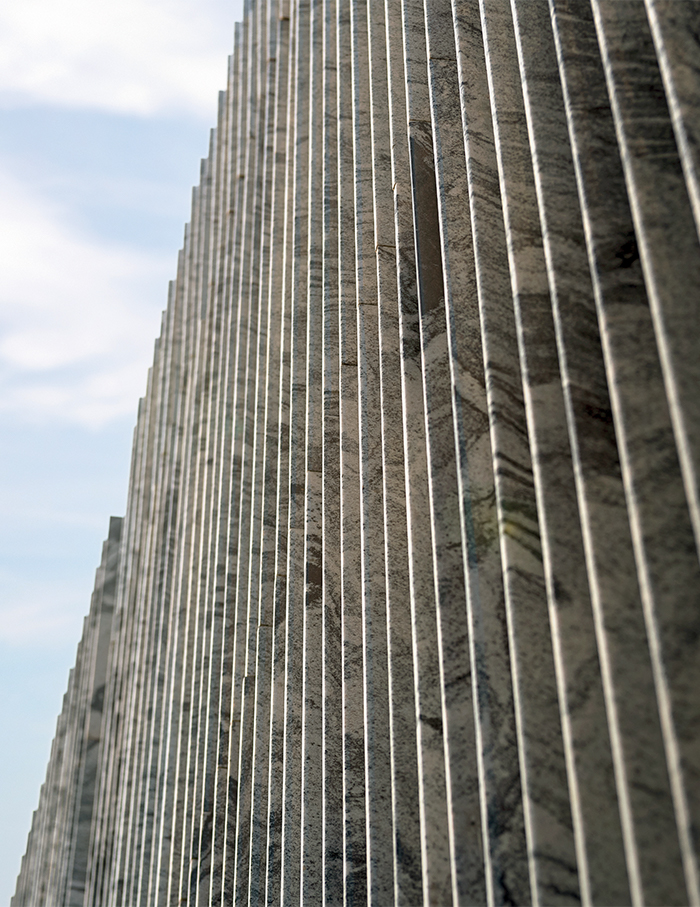
While what could have been limited to form and function, TAB extends the gesture to social responsibility and a deep-rooted love for betterment through good design. The guest facility, called Tabotel where we will be staying, where their guests and travelling sales’ team stay is perhaps the property’s crowning glory.
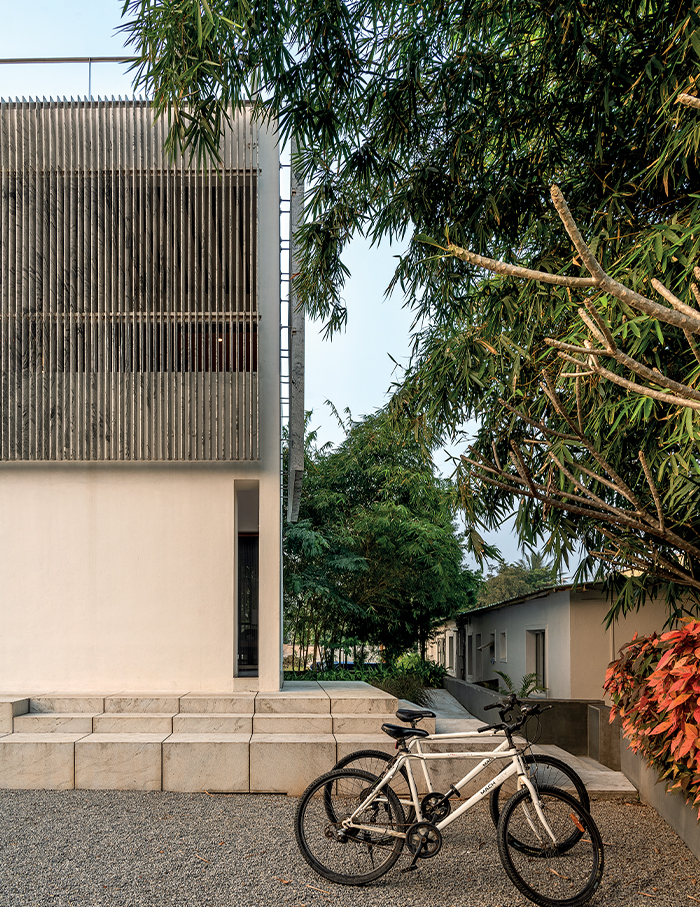
Simple geometry, proportions that are reminiscent of Late Geoffrey Bawa’s sense of scale but also indicative of Late Dr B V Doshi’s influence. A cuboidal structure with a striking louvre facade crafted in Andhra granite. Through the slats, in the distance, are trees, as far the eye can see.
Sumit mentions, “During building we had to cut 10 coconut trees, but compensated by planting 100 more trees. Most buildings have been built around existing trees, resulting in interesting angles and details.” Another unique detail is the controlled use of stone in the built environment. “Stone is nature that you’re bringing into the home and it must be done responsibly. If used like a lavish show of wealth, it becomes a commodity, it becomes vulgar.” Amit asserts.
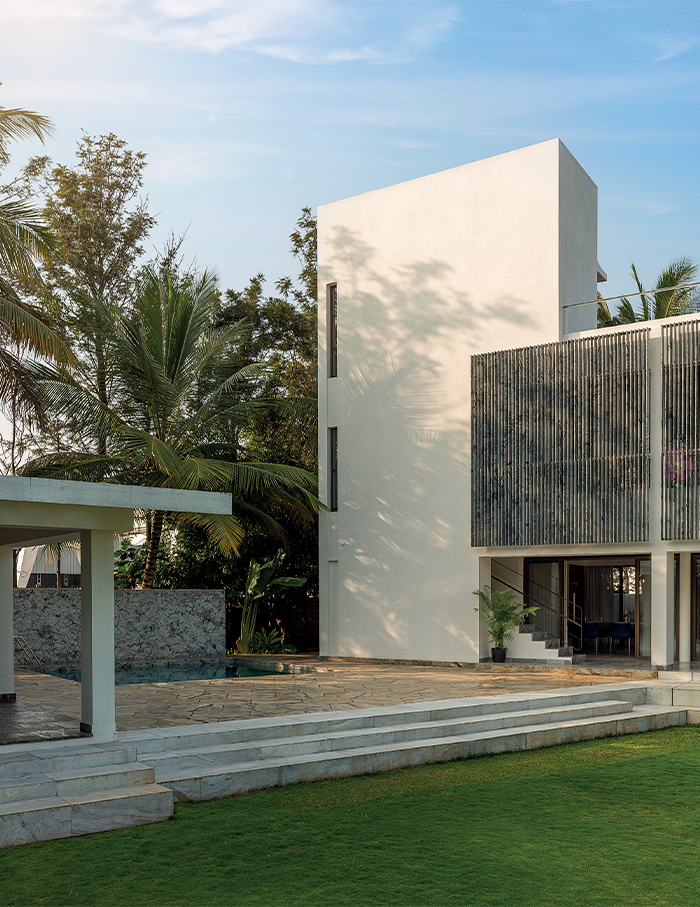
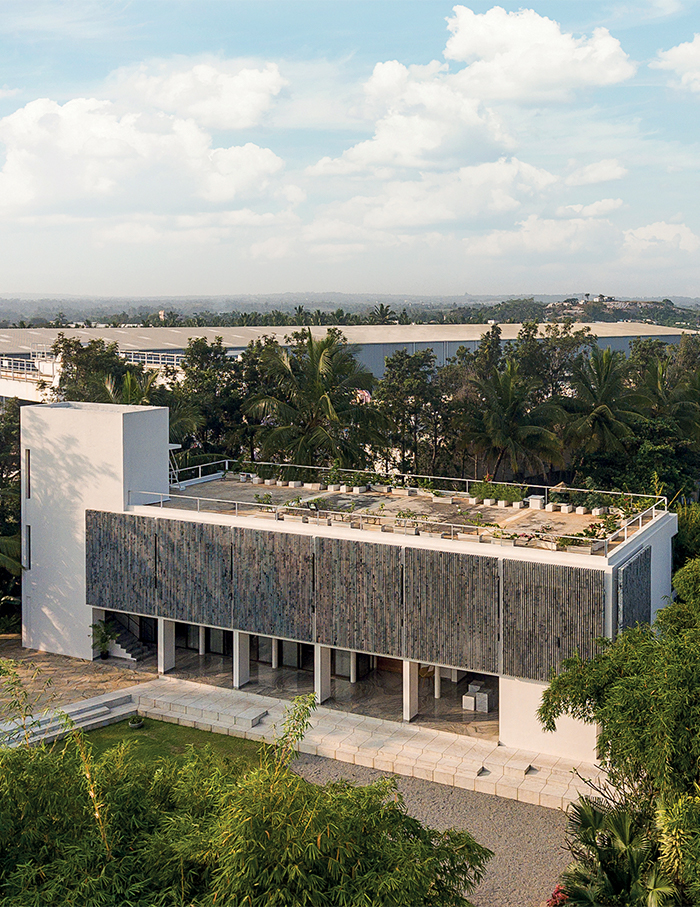
With rainwater harvesting, solar energy and other systems in place to keep waste in check and to recycle waste leftover stone, the overarching intent is beyond a comfortable built environment. With a state-of-the art kitchen that cooks meals for its employees to strategically build workspaces that are flanked by trees on at least two sides, it’s serendipitous how the architecture responds to the people who work for them, as well as for those for whom they work. And just like that, design and architecture at TAB ceases to be a mere object of form and function, it becomes a way that its people interact with life itself.

